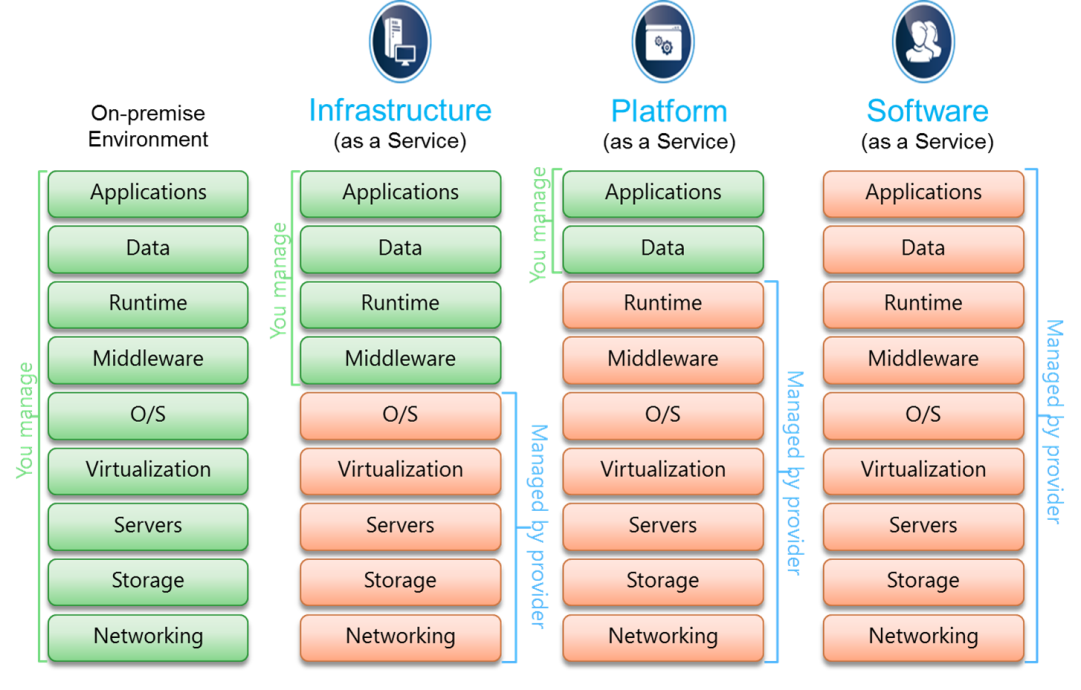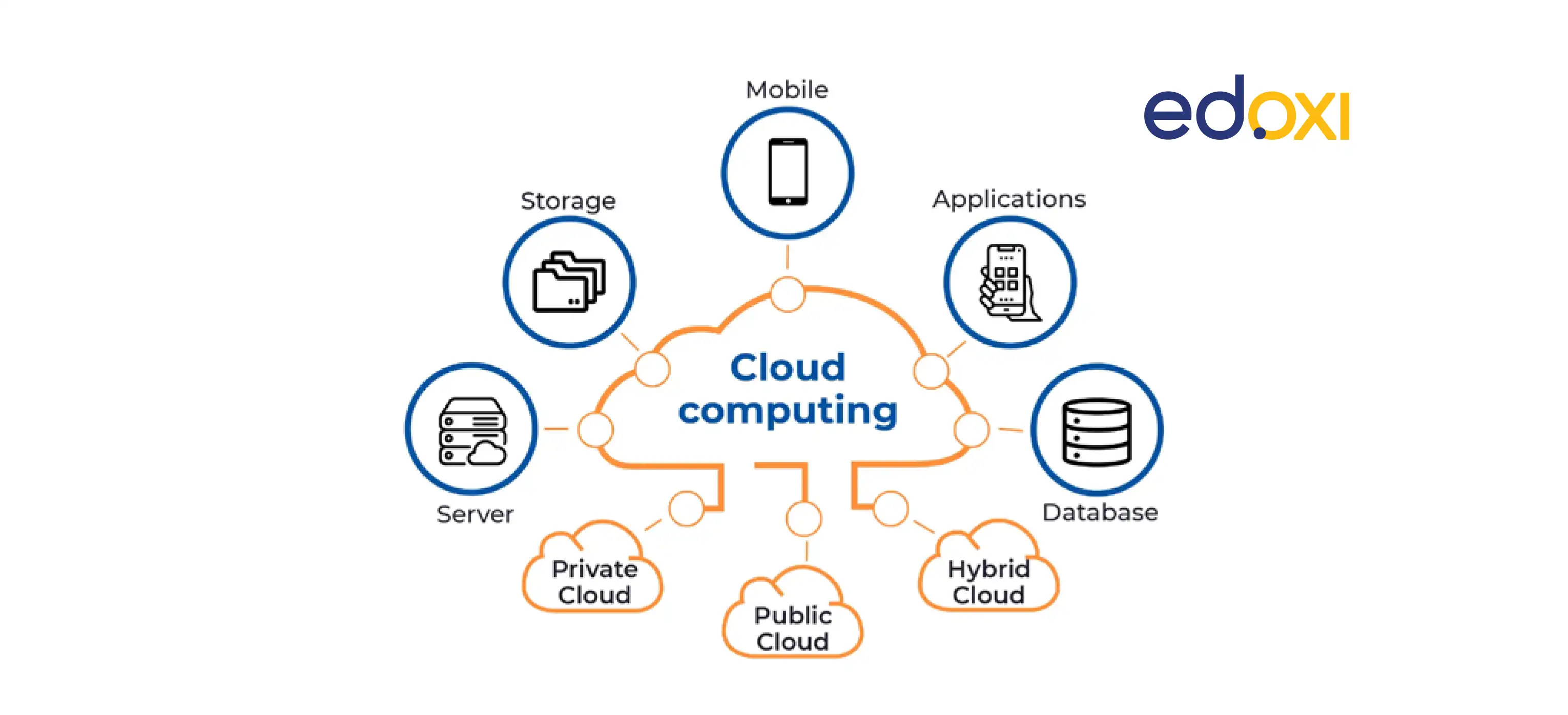LinkDaddy Cloud Services Press Release: Announcing New Quality and Enhancements
LinkDaddy Cloud Services Press Release: Announcing New Quality and Enhancements
Blog Article
Achieve Seamless Scalability With Cloud Provider
In the ever-evolving landscape of cloud services, accomplishing seamless scalability stands as a keystone for modern organizations looking for to stay versatile and competitive. The capacity to effortlessly broaden or contract sources in reaction to altering demands is a critical advantage in today's fast-paced electronic setting. By understanding the art of scalable cloud services, companies can not just optimize efficiency and improve operations but likewise lead the way for future growth and technology. The pursuit for seamless scalability with cloud solutions reveals a globe of opportunities for those happy to accept the transformative power of dynamic source monitoring.
Advantages of Cloud Scalability
Cloud scalability provides companies the adaptability to dynamically readjust resources based on demand, guaranteeing ideal efficiency and price effectiveness. Furthermore, cloud scalability advertises advancement and testing by allowing companies to easily evaluate new ideas and scale them as needed. Ultimately, the advantages of cloud scalability prolong past price savings to encompass enhanced efficiency, dexterity, and advancement.
Key Features for Scaling
Efficient scaling in cloud solutions counts on crucial attributes that allow companies to readjust resources dynamically based on need. One important attribute for scaling is elasticity, permitting resources to scale up or down in feedback to varying work. This makes sure that companies can meet efficiency requirements without over-provisioning resources. Another essential function is scalability, allowing systems to manage enhanced work by including sources perfectly. This attribute is crucial for suiting growth without endangering performance. In addition, automation plays an essential role in scaling by automating the provisioning and de-provisioning of resources based on predefined policies. Automation decreases human treatment, boosts effectiveness, and guarantees rapid action to transforming needs. Surveillance and analytics tools are likewise important for scaling, providing understandings right into source use, efficiency metrics, and prospective bottlenecks. These devices enable companies to optimize and make informed choices resource allocation for efficient scaling. In general, these vital functions collectively empower companies to attain seamless scalability in cloud solutions.
Carrying Out Auto-Scaling Techniques
To successfully enhance source allowance and adjust to varying work, companies should purposefully carry out auto-scaling methods in their cloud solutions framework. Auto-scaling allows systems to automatically change the number of compute resources based upon real-time demand. There are various auto-scaling strategies that companies can employ, such as predictive scaling, which uses historical data to anticipate future resource requirements, and reactive scaling, which reacts to current workload changes.

Ideal Practices for Scalability
For companies intending to improve their scalability in cloud solutions, why not check here carrying out finest methods is important for optimal efficiency and resource administration. One trick finest method is creating applications with a microservices architecture. This method breaks down applications into smaller, independent services that can be deployed, upgraded, and scaled individually, enabling higher versatility and scalability.
One more vital practice is making use of containerization technology, such as Docker this post or Kubernetes. Containers allow the packaging of applications and their dependencies right into separated systems, making it much easier to scale components independently and release them regularly throughout various atmospheres.
Furthermore, executing automated implementation and facilities as code (IaC) can improve scalability efforts (linkdaddy cloud services). Automation devices like Terraform or Ansible assistance in provisioning and taking care of sources effectively, reducing hand-operated errors and enabling fast scalability
Moreover, monitoring performance metrics, establishing up informs, and carrying out normal capacity planning are essential techniques to make certain positive scalability management. By sticking to these best practices, companies can achieve seamless scalability in their cloud solutions while optimizing efficiency and source usage.
Monitoring Efficiency Metrics
When evaluating the effectiveness of cloud solutions scalability, very closely checking efficiency metrics is important for making certain ideal functionality and resource allotment. By continuously tracking key performance indications (KPIs) such as action times, source, throughput, and latency usage, companies can get beneficial understandings into the health and wellness and efficiency of their cloud facilities. Keeping track of performance metrics enables for the very early discovery of potential bottlenecks or issues that could impact scalability, allowing aggressive measures to be required to address them prior to they intensify.

Verdict
Finally, achieving smooth scalability with cloud services is important for companies to maximize performance, improve technology, and preserve high performance levels during peak times. read review By leveraging the advantages of cloud scalability, implementing auto-scaling techniques, making use of essential features such as elasticity and automation, and complying with best practices like application style and performance tracking, organizations can effectively scale their systems while optimizing source utilization and performance.
The pursuit for smooth scalability with cloud services introduces a world of possibilities for those ready to accept the transformative power of dynamic source monitoring.
Cloud scalability offers organizations the flexibility to dynamically readjust sources based on need, guaranteeing optimum efficiency and cost efficiency. An additional essential feature is scalability, making it possible for systems to take care of raised work by including sources flawlessly.For organizations aiming to enhance their scalability in cloud solutions, carrying out best techniques is essential for optimal efficiency and resource management.When evaluating the performance of cloud solutions scalability, carefully keeping track of performance metrics is important for making certain ideal performance and resource allotment.
Report this page